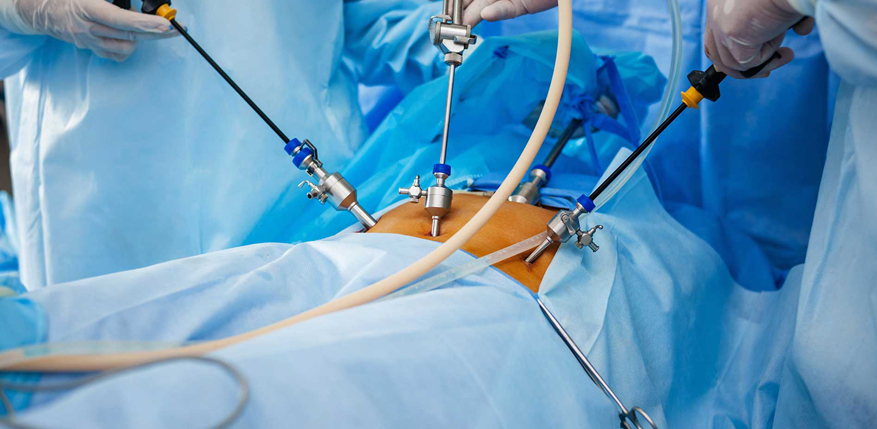Laparoscopic Myomectomy
A myomectomy surgery is generally done to remove the fibroids surgically without removing the uterus. Laparoscopic myomectomy surgery is performed with small incisions with the help of a camera. There is also another method known as abdominal myomectomy surgery. In abdominal myomectomy surgery a small cut is made on the lower abdomen through which the operation is performed. The one major disadvantage is an abdominal myomectomy surgery is that it leaves you with a scar on your lower abdomen. In laparotomy myomectomy treatment a large incision is made on the abdominal wall to gain access into the abdominal cavity. It is said that the first laparotomy myomectomy treatment was performed successfully without anesthesia. Any myomectomy surgery is considered more safe since there will not be removal of the uterus.
The surgeon's goal during myomectomy is to take out symptom-causing fibroids and reconstruct the uterus. Unlike a hysterectomy, which removes your entire uterus, a myomectomy removes only the fibroids and leaves your uterus intact.
Women who undergo myomectomy report improvement in fibroid symptoms, including heavy menstrual bleeding and pelvic pressure.
Depending on the size, number and location of your fibroids, your surgeon may choose one of three surgical approaches to myomectomy.
- Abdominal Myomectomy
- Laparoscopic Myomectomy
- Hysteroscopic Myomectomy

